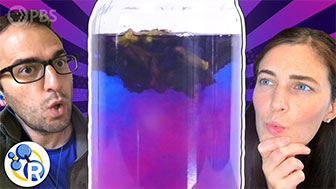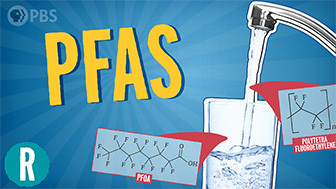Lint from fleece and other synthetic fibers is getting washed down the drain and entering aquatic ecosystems. Washing your fleece and other favorite fabrics releases lint, which is no surprise to anyone who’s ever cleaned their dryer’s lint trap. But washing machines, which don’t have lint traps, can also liberate lint and send it into water systems. In this episode of Speaking of Chemistry, host Sarah Everts explains what researchers know about the impacts of lint fibers and what questions still remain. Want more great resources about lint and microplastic pollution?
CORRECTION: Hey folks. Around 40 seconds into this video, we ask if you remember the hoopla surrounding polystyrene microbeads. What we should have asked if you remember the hoopla surrounding polymer microbeads. Polystyrene can be one of those polymers, although polyethylene is among the most common used in consumer products.
Check out these sources. The great lint migration | C&EN
- Tiny bits of plastic found in table salt | C&EN
- What you need to know about microbeads | Speaking of Chemistry
- Plastic pollution harms marine life | C&EN
- Assimilation of polybrominated diphenyl ethers from microplastics | Environ. Sci. Technol. Lett.
- Toxicological Threats of Plastic | U.S. EPA









